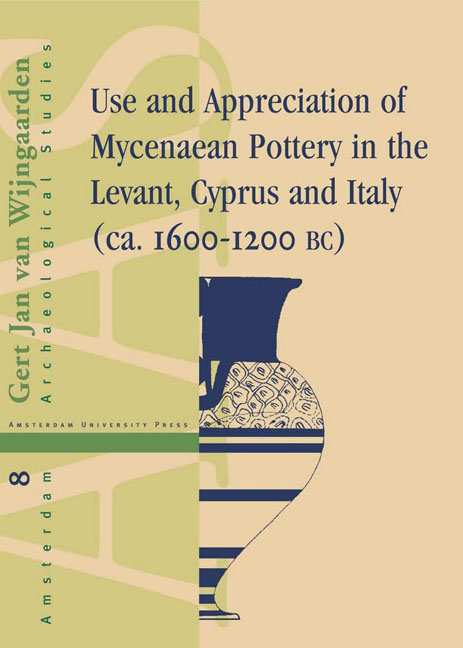10 - Enkomi-Ayios Iakovos
Published online by Cambridge University Press: 10 February 2021
Summary
INTRODUCTION
Spurs of the southern uplands form an abrupt escarpment in the western part of the Mesaoria, leaving a gap of about 2 km only. Just north of this gap lies the site of Enkomi-Ayios Iakovos, situated some 3 km from the coast. The plundering of tombs seems to have been an important activity at the site already during the 19th century; more systematic research began in 1896, when a team from the British Museum investigated some hundred tombs. Since then, the site has been visited frequently by British, Swedish, French and Cypriot expeditions. Unfortunately, Enkomi has been inaccessible since 1974 due to the occupation of northern Cyprus by Turkish military forces.
The site of Enkomi is defined by a fortification wall, which encompasses an area of ca. 2.5 ha (Fig. 10.1). Late Bronze Age remains have been discovered in every excavated part of the site, but the stratigraphy and absolute dates of the various layers have been heavily debated. Apart from scatter's of MC III and LC I sherds, a few buildings dating to the first settlement period in LC IA have been discovered. Apparently, during this early period a number of fairly large buildings were situated in the settlement area, relatively far away from each other and without a discernible street pattern. The succeeding period LC IIA-LC IIB is relatively poorly documented in terms of settlement architecture, but the city was substantially rebuilt during LC IIC. An important new feature was the defensive wall, which surrounded the city on the northern, western and southern sides (Fig. 10.1). The city wall possessed gates that corresponded with the new street layout of the city, the basis of which is a long north-south street. The streets divide the city area into insulae that were occupied by houses of various sizes. Apart from domestic spaces, there are buildings that can clearly be associated with industrial activities, especially metalworking. Buildings clearly meant for religious purposes dating before the LC III period, have, however, not been identified. This indicates that cult was practiced at Enkomi not in official, public structures, but at group or family level in domestic buildings.
- Type
- Chapter
- Information
- Use and Appreciation of Mycenaean Potteryin the Levant, Cyprus and Italy (1600-120O BC), pp. 129 - 160Publisher: Amsterdam University PressPrint publication year: 2002

